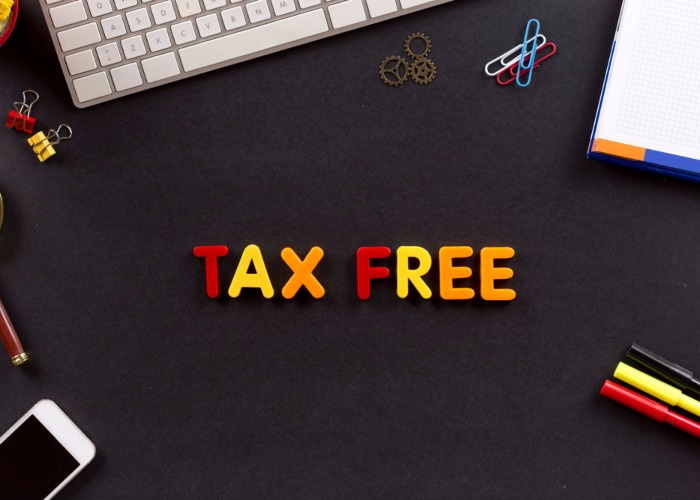ISA and pension savings allowances: how you can net £10,000 from the Government

There’s only a week to go until the end of the tax year, but you still have time to take advantage of savings methods that could net you £10,000 from the Government.
Every year we are all entitled to a variety of allowances that mean we can protect our money from the taxman and net some free cash from the Government.
This range of ISAs and pensions allow you to protect almost £60,000 from the taxman each year, and potentially get almost £10,000 in Government contributions too.
“Pensions and ISAs offer a simple way to shelter savings from the taxman and in many cases offer generous contributions up-front from the Government,” says Tom Selby, senior analyst at AJ Bell.
Most of us are aware that we can save money away from the taxman’s grasp in a pension and an ISA, but did you know there were variations of those accounts that you can also use to vastly increase how much you can squirrel away.
“As well as the core pension and ISA allowances people can use variations of the products to save for their children, grandchildren and spouses, as well as for a deposit on their first home,” says Selby.
“All in, there is still almost £10,000 a person could claim from the Government if they are lucky enough to be able to use all the allowances available to them.”
Where to stash your cash
So, what are these accounts, and how much can you save into each one?
|
Product |
How much you can put in each this tax year |
Government contribution |
|
ISA |
£15,240 |
£0 |
|
Junior ISA/Child Trust Fund |
£4,080 |
£0 |
|
Help to Buy ISA |
£1,200 |
£300 |
|
Pension |
£32,000 |
£8,000 |
|
Spouses pension |
£2,880 |
£720 |
|
Junior pension |
£2,880 |
£720 |
|
Total |
£58,280 |
£9,740 |
Your 6 Last-Minute Options
Get in on these now to make the most of Government allowances.
ISAs
You have up until midnight on 5 April to invest this year’s £15,240 ISA allowance. These accounts don’t offer a Government top-up, but once your money is in an ISA it can grow free of Income Tax, Capital Gains Tax and Dividend Tax for as long as you keep the money in the ISA.
You can choose between putting your money in a cash savings account, and investment account or a peer-to-peer lending account. These are known as Cash ISAs, Stocks and Shares ISAs and Innovative Finance ISAs.
Junior ISA/Child Trust Fund
Every child is entitled to have a Junior ISA – or if they were born between September 2002 and January 2011, a Child Trust Fund. Parents or grandparents can invest up to £4,080 a year into this account and that money will grow tax-free until the child turns 18.
Help to Buy ISA
“Whilst it is too late to open a new Help to Buy ISA and get the Government bonus this tax year, a quirk in the rules means it is still worth opening one by 5 April if you are saving for a house deposit,” says Selby.
Open a Help to Buy ISA before 5 April and you can immediately deposit £1,200 into it, but that is the maximum you can put in per month, and you have to have at least £1,600 in an account in order to benefit from a Government contribution.
However, Help to Buy ISA funds can be transferred into the new Lifetime ISAs that launch in the new tax year. The money transferred doesn’t count towards your Lifetime ISA allowance for the next tax year, but does benefit from the 25% Government bonus.
Just be aware that you can’t open a Help to Buy ISA in the same tax year that you’ve opened a Cash ISA, unless you do so via a bank or building society that offer a ‘portfolio ISA’ where you can hold multiple types of ISA within one cash ISA wrapper.
Pension
“Pensions offer by far the most generous Government incentive to save,” says Selby.
In order for a basic rate taxpayer to pay £1 into their pension they only need pay in 80p, the Government adds the other 20p. So, in order to pay the maximum £40,000 annual contribution into your pension, a basic-rate taxpayer needs to pay in £32,000. The Government will add the other £8,000.
A higher rate taxpayer could pay in the same amount - £32,000 – but reclaim an extra £8,000 via their tax return.
Pension for a spouse
As well as paying into your own pension you can also put money into your spouse’s pension, if they don’t earn any money. Non-earners can pay up to £2,880 into their pension each year with the Government adding an extra £720 in tax relief.
Junior pension
Children are also allowed to have pensions, with the same rules applying as for a spouse. A parent or grandparent can contribute up to £2,880 a year to a child’s pension, with the Government adding £720 in tax relief.
There you go, almost £60,000 tucked away from the taxman and a £9,740 pay day from the Government.
Get started with a Stocks and Shares ISA today (capital at risk)
More on tax-free savings:
Tax-free £32,000 savings towards your pension or home
Wave goodbye to rotten savings rates FOREVER
Innovative Finance ISA: who's the latest firm to release an IFISA?
Thinking about a Cash ISA? Do this first
Most Recent
Comments
Be the first to comment
Do you want to comment on this article? You need to be signed in for this feature








